Observe an Egan jobsite or walk into our shops, how do you recognize innovation? Whether you see it in the form of tools or technology, safety practices, better processes, posters or signage… we are continuing to change the way we build.
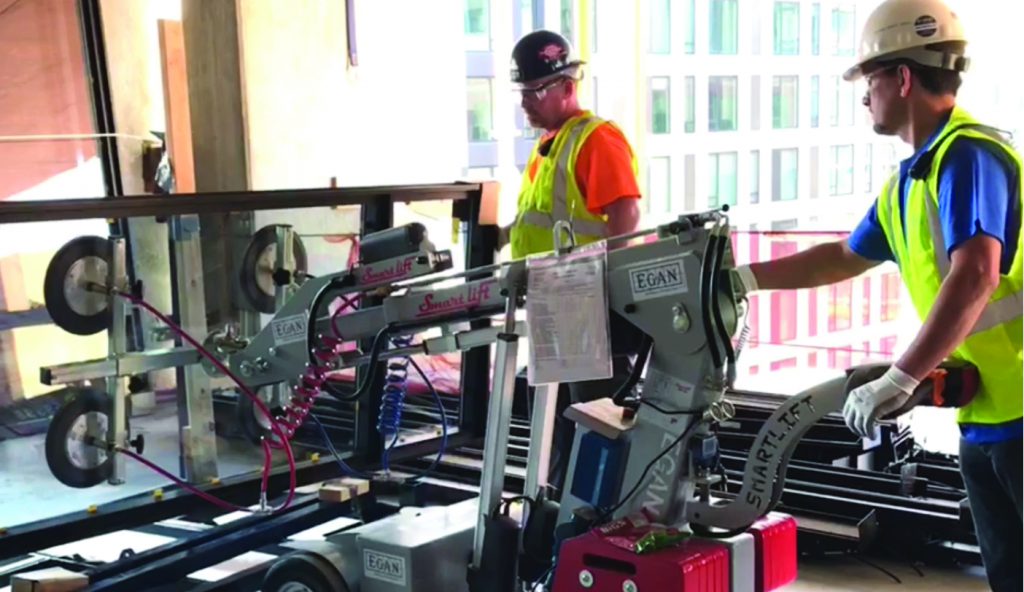
Recently, a customer shared feedback about how they believe their projects with Egan have been successful due to focused service, very fast responses, and innovative approaches. In response, thank you. We’re grateful our customers recognize this. Applying innovative practices happens intentionally. Delivering on this approach takes diligence.
In 2018, we leaned heavily into innovation and Lean practices. If we can provide further value with our trade offerings, increase the efficiency of a service, or shorten timelines all together, it’s our promise to do so.
Our newest Lean practices embrace our futuristic mentality to always be improving while maintaining our aggressive commitment to safety:
- Implementing 5S Methodology: the 5S system is a Lean manufacturing process designed to improve efficiency through organization; this practice has been most recently implemented in all our shops and warehouses.
- Promoting My Good Idea: through Egan’s formal innovation program, My Good Idea, there have been over 200 business improvement ideas generated and shared within the first nine months of the year.
- Eliminating Waste and Applying 30/30: waste is found in everything we do – at work, home, and play. There are eight types of waste we address: defects/ rework, over producing, waiting, not using employee talent/ideas, transportation, inventory, motion and extra processing. Most recently, the 30/30 Rule was applied on our jobsites. 30/30 is a method for eliminating waste that reminds us to have our tools, materials, or equipment within 30 feet or 30 seconds for efficiency.
By disrupting the status quo, we embrace innovation as an essential. Through the development of a continuous improvement mindset and fostering an environment where new ideas and efficiency improvements are welcome, innovation has become a part of the daily value we provide with our work and to our customers.

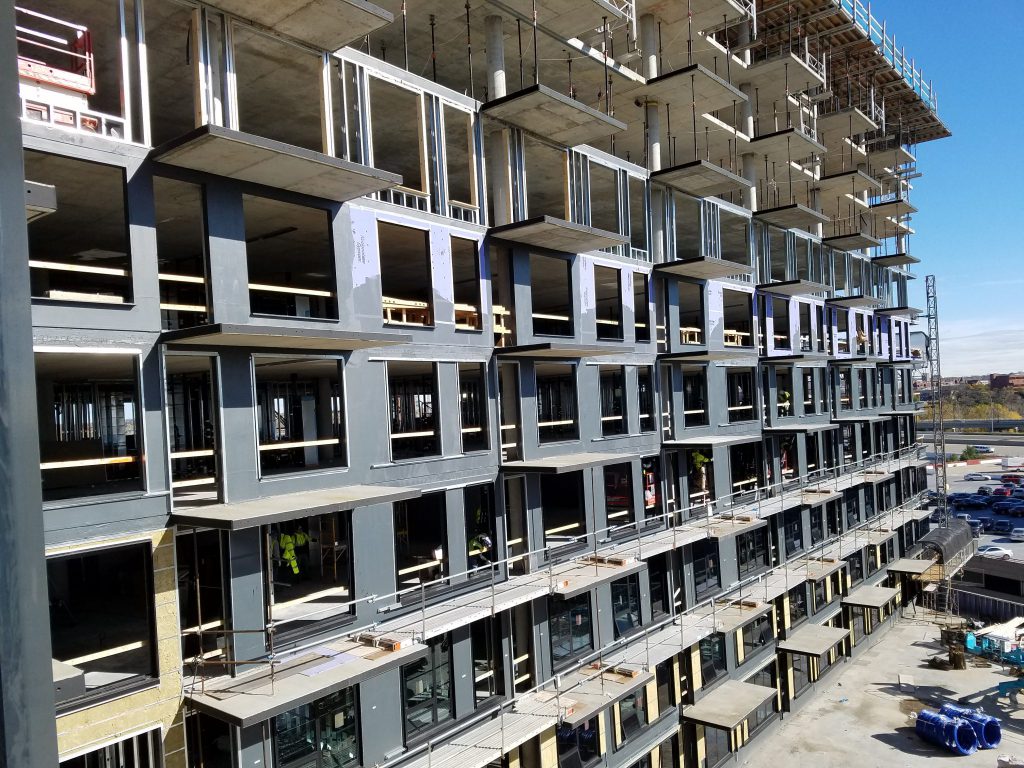
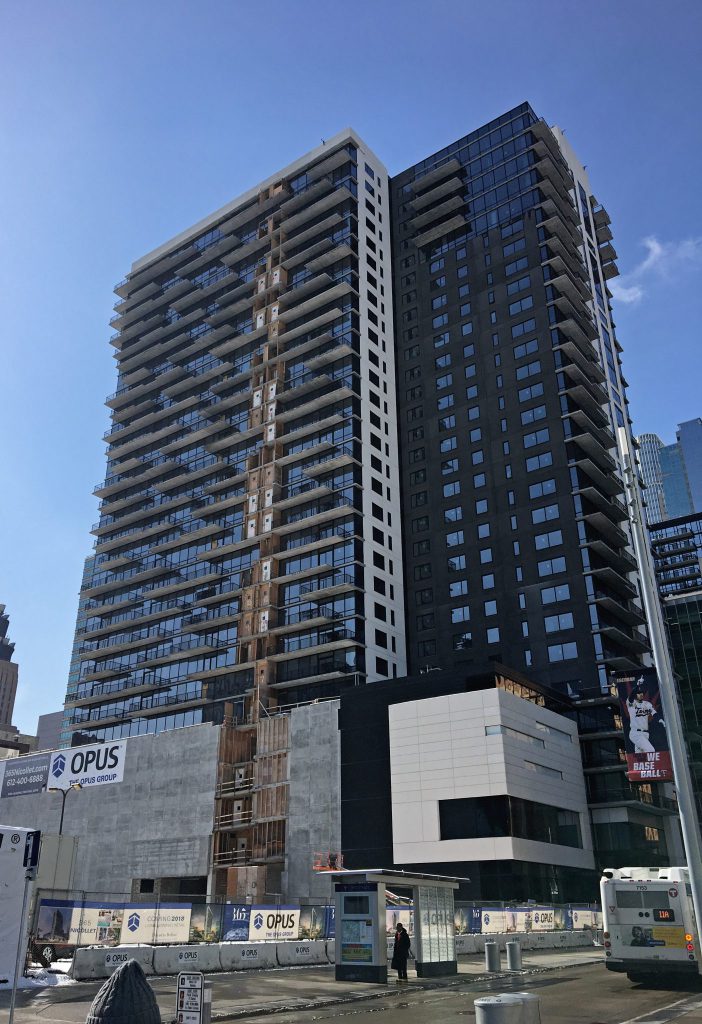

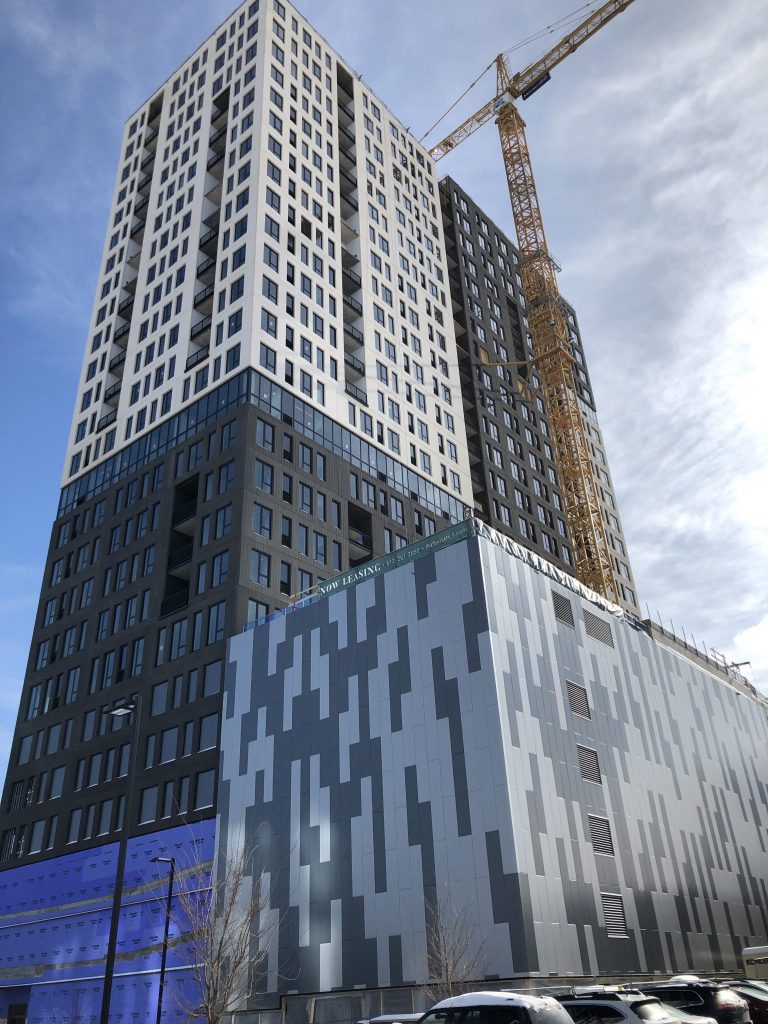
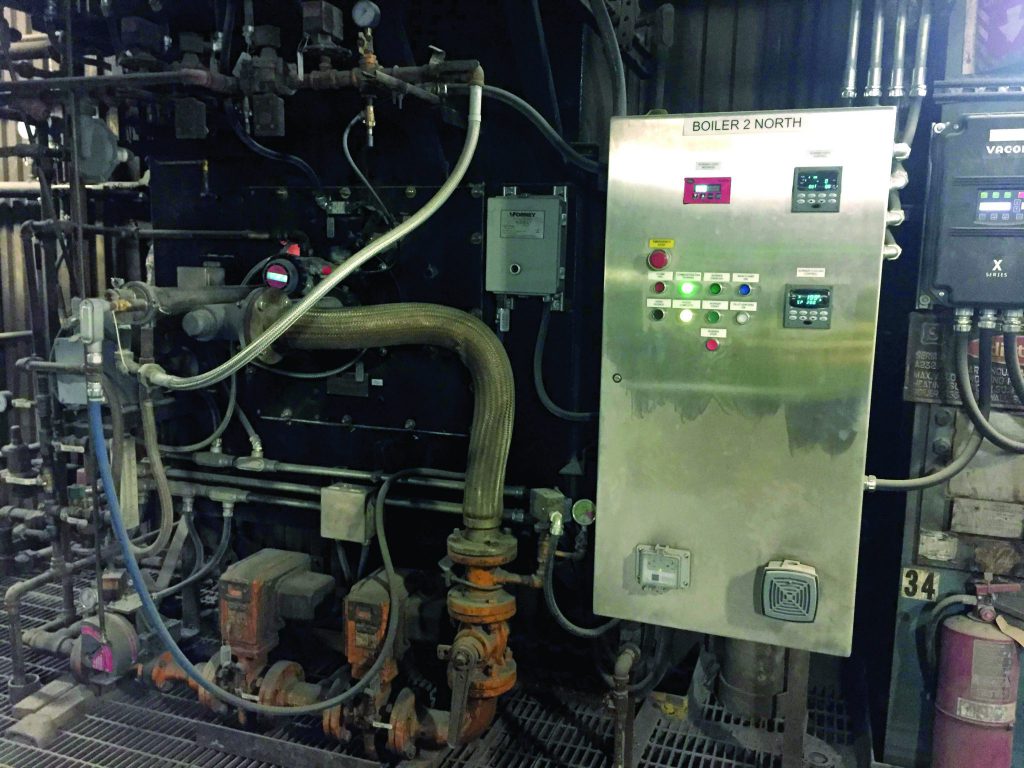
 High-rise buildings are the distinguishing trademark of cities around the world. And, being the 16th largest metropolitan area in the country, Minneapolis and St. Paul are no different.
High-rise buildings are the distinguishing trademark of cities around the world. And, being the 16th largest metropolitan area in the country, Minneapolis and St. Paul are no different.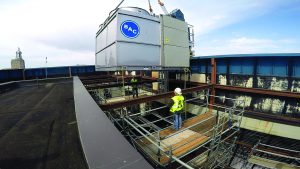 The project was officially awarded to Egan by Bigos Management in late March. From the start, Egan’s team knew the new cooling towers would need to be “flown” up to the top of the building. To do the “flying”, Egan began coordinating and pre-planning with a local crane company, Vic’s Crane and Heavy Haul.
The project was officially awarded to Egan by Bigos Management in late March. From the start, Egan’s team knew the new cooling towers would need to be “flown” up to the top of the building. To do the “flying”, Egan began coordinating and pre-planning with a local crane company, Vic’s Crane and Heavy Haul. Although there was two feet of snow on the ground when the project started, Minnesota’s infamously, unpredictable spring weather found itself over 85 degrees just a few weeks later. With the previous cooling towers entirely off the building, the countdown was on to get the first new cooling tower operational in order to start cooling all of the buildings within the city block.
Although there was two feet of snow on the ground when the project started, Minnesota’s infamously, unpredictable spring weather found itself over 85 degrees just a few weeks later. With the previous cooling towers entirely off the building, the countdown was on to get the first new cooling tower operational in order to start cooling all of the buildings within the city block. A dream came true for a football fan last April when Jason Lindula, Egan Company Safety Coordinator, was gifted a trip-of-a-lifetime.
A dream came true for a football fan last April when Jason Lindula, Egan Company Safety Coordinator, was gifted a trip-of-a-lifetime.

 Egan’s solar site projects vary in size, location, time of year, and type of solar panels – fixed-tilt or tracking. “Tracking” solar panels track the sun’s progress across the sky throughout the day, whereas the fixed-tilt solar panels stay in place. Last summer, 150 Egan electricians were on the 65-acre St. Joseph Solar Farm project to install 28,188 fixed-tilt solar panels.
Egan’s solar site projects vary in size, location, time of year, and type of solar panels – fixed-tilt or tracking. “Tracking” solar panels track the sun’s progress across the sky throughout the day, whereas the fixed-tilt solar panels stay in place. Last summer, 150 Egan electricians were on the 65-acre St. Joseph Solar Farm project to install 28,188 fixed-tilt solar panels.
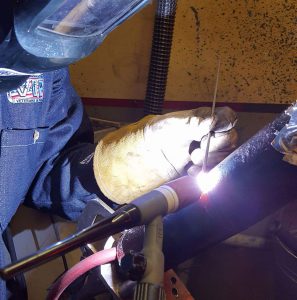 For many active duty military members, transitioning out of the service can be daunting. Finding housing, employment, and acclimating back into the routine of daily life is a huge hurdle to overcome. And, although disciplined and highly-trained, many military members still struggle with unemployment.
For many active duty military members, transitioning out of the service can be daunting. Finding housing, employment, and acclimating back into the routine of daily life is a huge hurdle to overcome. And, although disciplined and highly-trained, many military members still struggle with unemployment.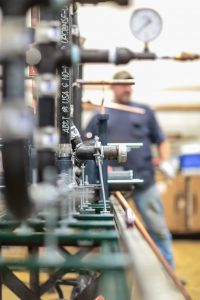 “At times, it is a little confusing for me, but a lot of the habits from the military are still very transferable to my new career,” Martagon said. “I still would do them every day with or without rank.”
“At times, it is a little confusing for me, but a lot of the habits from the military are still very transferable to my new career,” Martagon said. “I still would do them every day with or without rank.”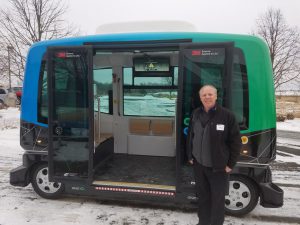
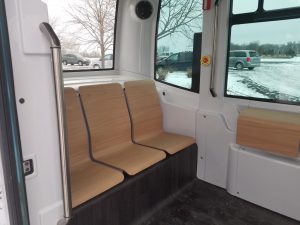
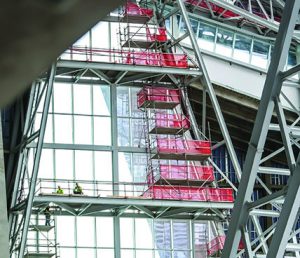 U.S. Bank Stadium.
U.S. Bank Stadium. Successfully applying this process at U.S. Bank Stadium has led to similar work on other professional sports infrastructures. NBA franchise, the Milwaukee Bucks, will call a new, beautiful arena home beginning this summer. The aesthetically appealing arena is being constructed by M.A. Mortenson who has tasked Egan and its Trimble expertise for the arena’s complex glass and glazing scope.
Successfully applying this process at U.S. Bank Stadium has led to similar work on other professional sports infrastructures. NBA franchise, the Milwaukee Bucks, will call a new, beautiful arena home beginning this summer. The aesthetically appealing arena is being constructed by M.A. Mortenson who has tasked Egan and its Trimble expertise for the arena’s complex glass and glazing scope.